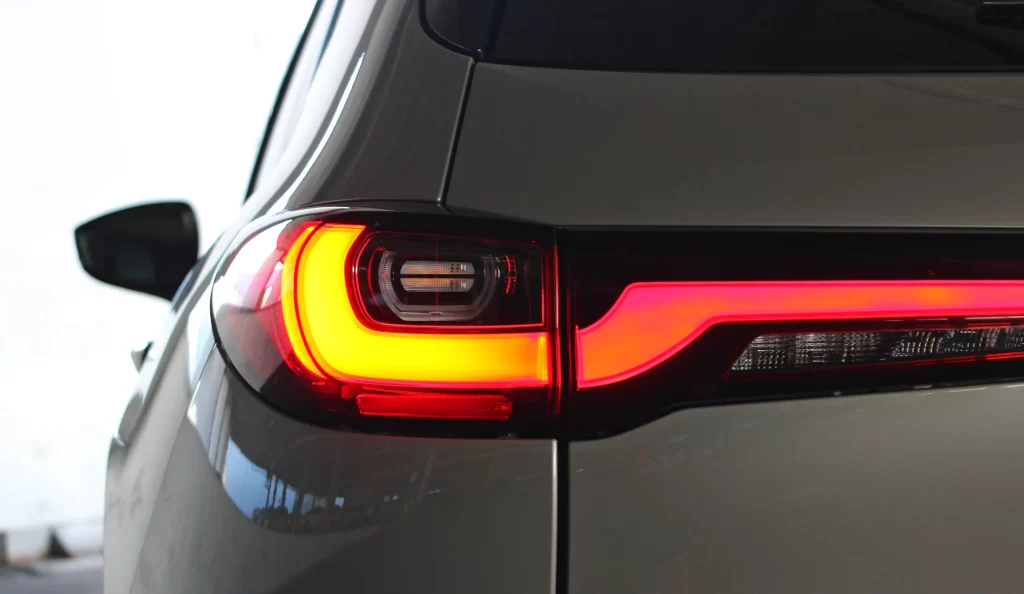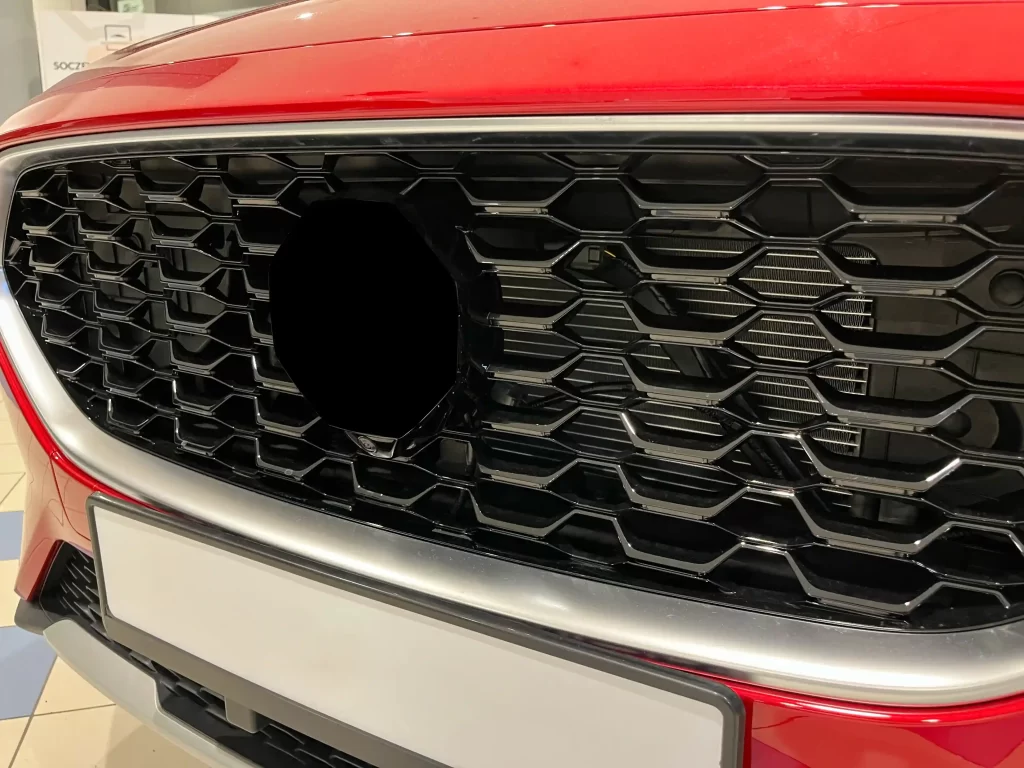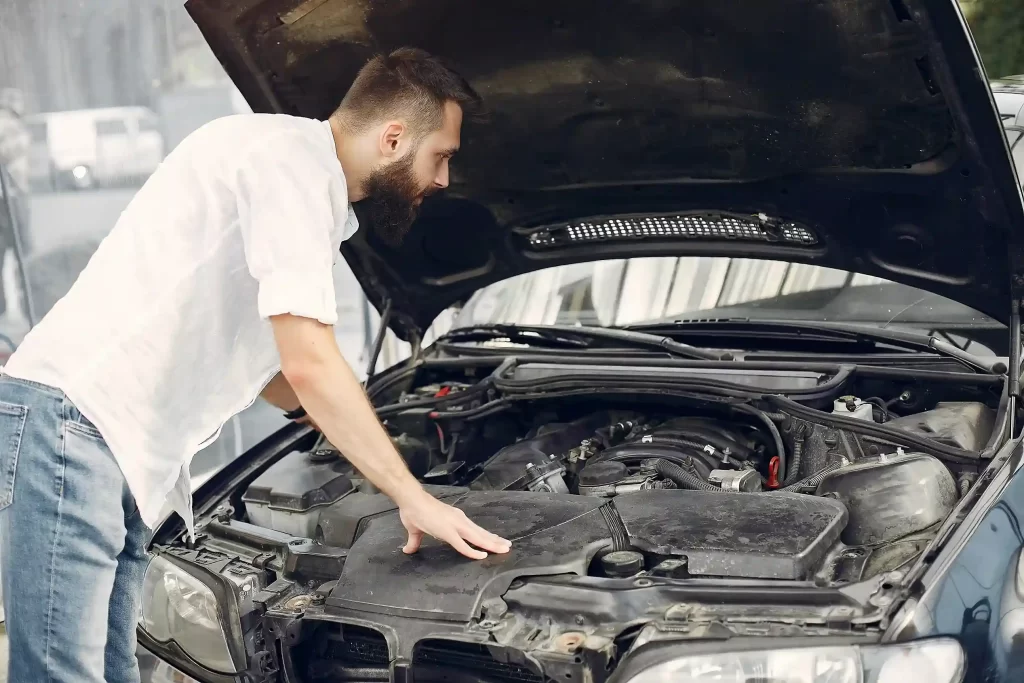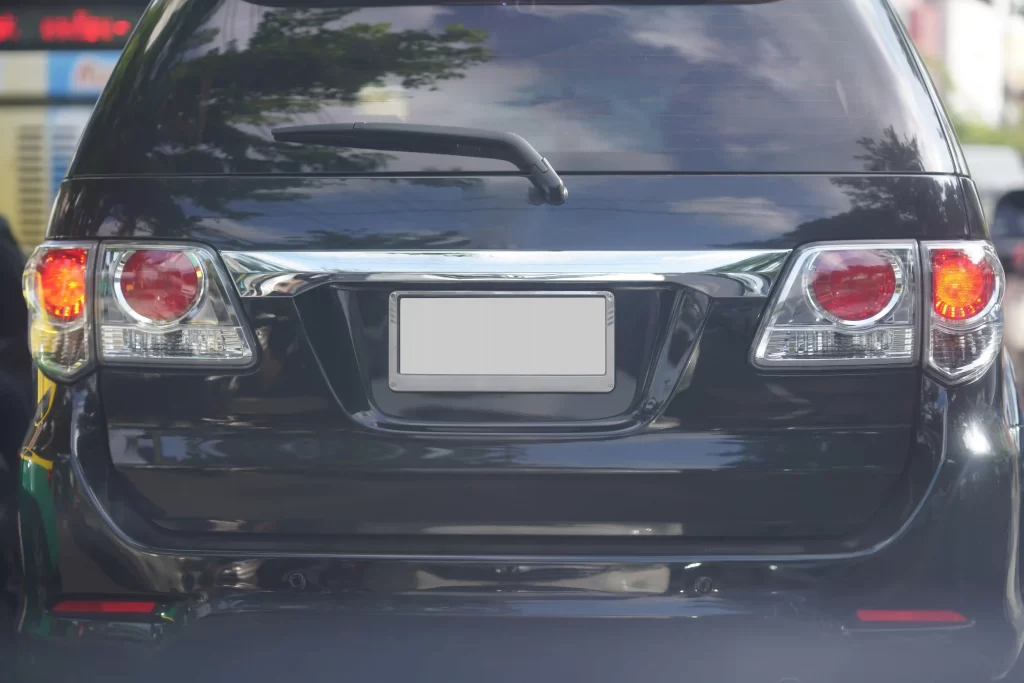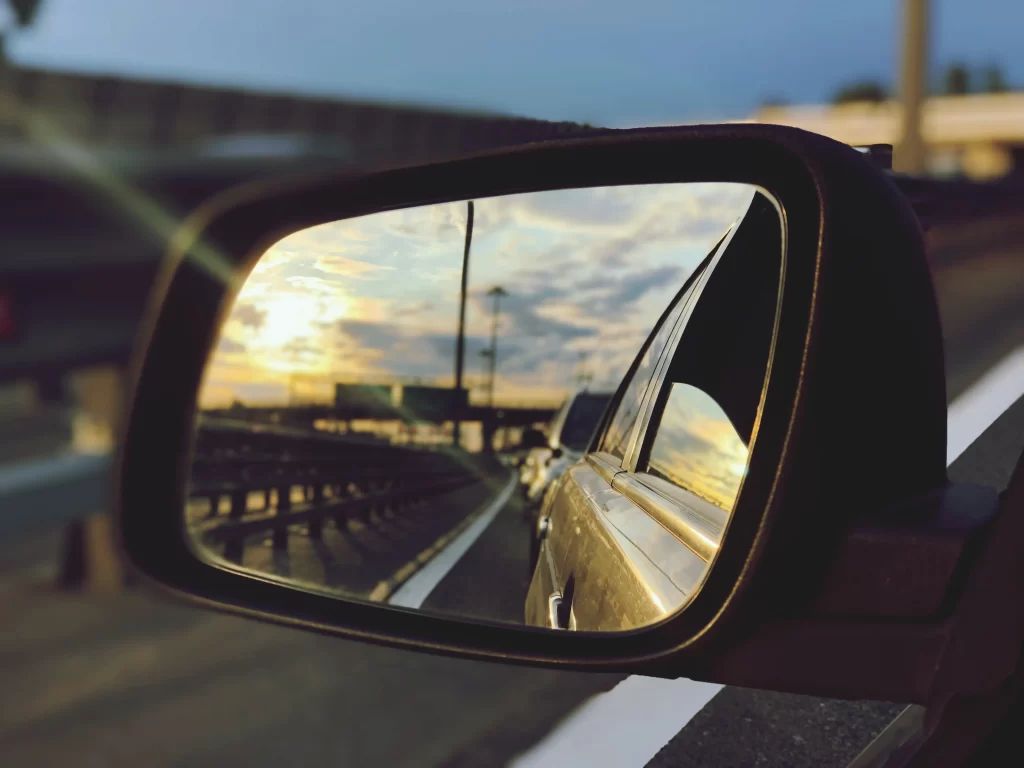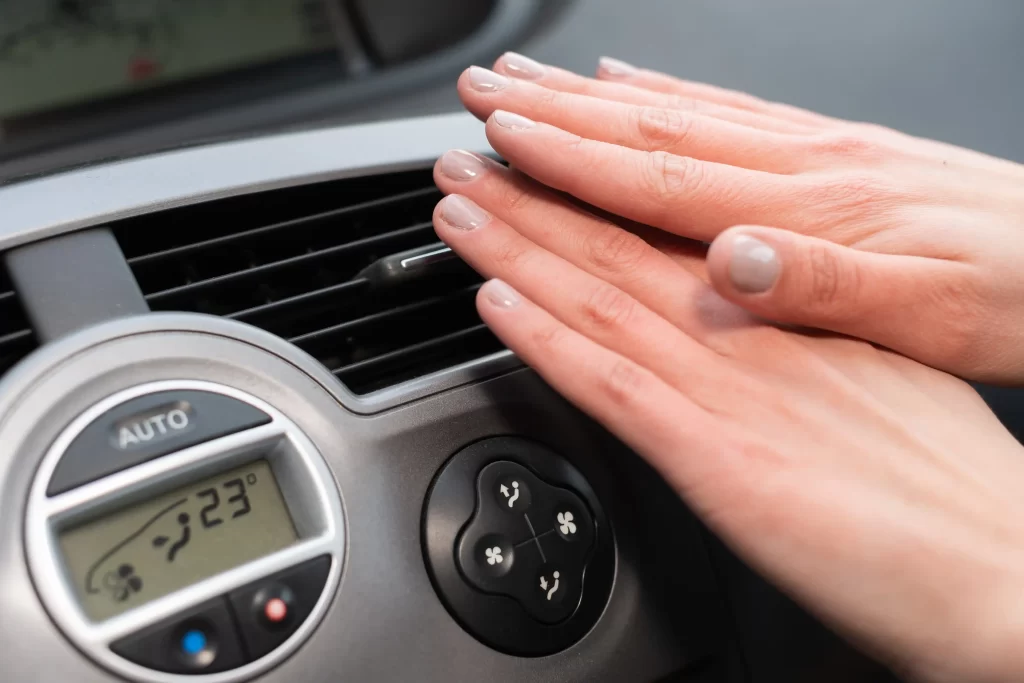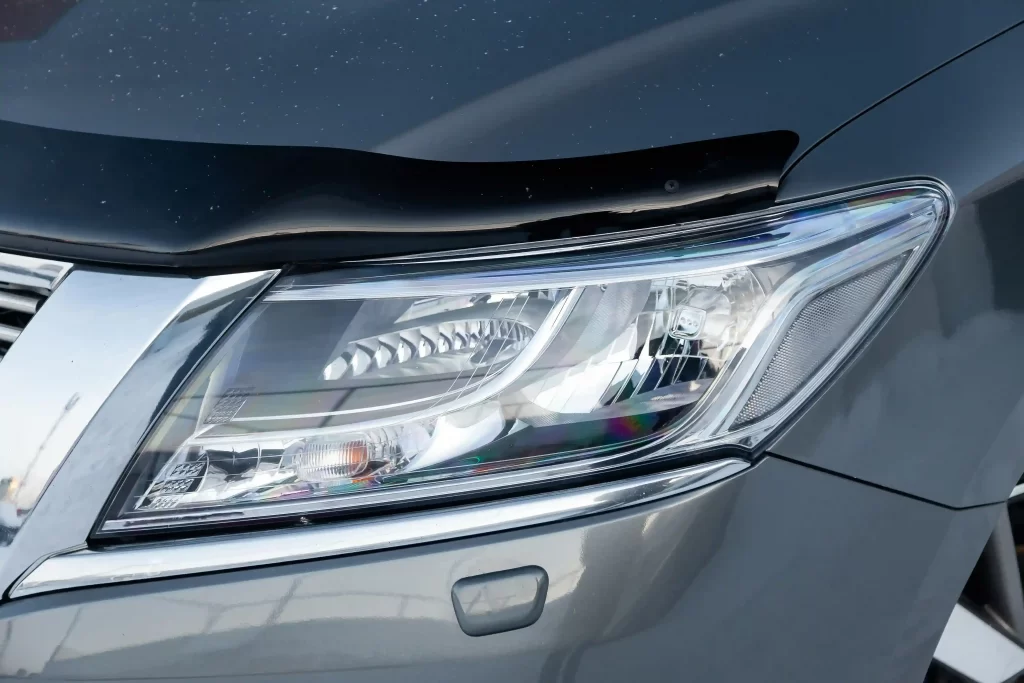Side mirrors, which rarely get any attention from motorists, are truly important accessories that contribute to safety, enhance car performance, and ensure convenience. They are the “second eyes” of the vehicle because they allow the driver to glance around and observe what cannot be seen using the rearview mirror. Side mirrors of modern cars have evolved a great deal from simple reflective glass, and premium features of modern systems involve cameras, heaters, and electronic adjustments. Understanding what side mirrors do, what premium features they possess, and how they should be maintained can make drivers safer on the road. The article explains side mirrors in detail right from their purpose to technology, how to choose the right one, and maintenance.
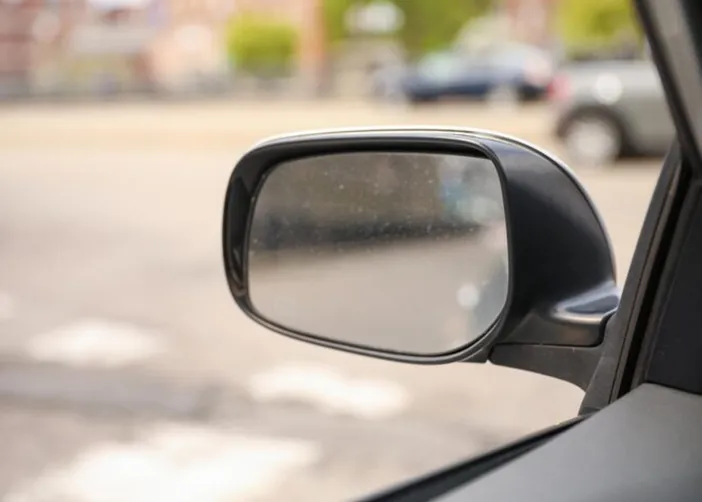
The Role of Side Mirrors in Enhancing Driver Visibility
Side mirrors are not reflective boards; they are a crucial aspect of safe driving practice. They extend the field of vision of the driver, narrowing blind spots and turning maneuvers. In this chapter, we will explore how side mirrors enhance visibility, enhance safe lane change procedures, and assist parking and low-speed maneuvers. Seeing the benefits of such mirrors explains why good side mirrors are a valuable tool to every driver.
Expanding the Field of Vision
Side mirrors provide drivers with an expanded field of vision, allowing them to see what is alongside and in back of the vehicle that would not be visible when glancing into the rearview mirror. It is useful in the avoidance of blind spots, which are common causes of crashes in lane changes and merges. By offering an enhanced observation of oncoming automobiles, pedestrians, or motorbikes, side mirrors enhance situation awareness. Moreover, mirrors with greater angle or convex mirror configuration observe further, so drivers can better anticipate traffic and act accordingly, especially in high-road or city road driving conditions.
Facilitating Safe Lane Changes and Merges
One of the most significant applications of side mirrors is to assist in safe lane changes and highway merging. With good side mirrors, drivers can actually just look over into the next lane and make a judgment based on whether or not it is safe to switch lanes. High-quality mirrors equipped with inbuilt indicators or blind-spot warning systems offer an added safety buffer by signaling if another car exists in the blind spot. This eliminates the risk of side impacts and adds additional driver confidence. Even during heavy traffic, functional side mirrors allow drivers to make rational decisions, improving the overall driving safety of the driver and surrounding vehicles.
Assisting with Parking and Low-Speed Maneuvering
Functional side mirrors are also of extremely crucial function when driving slowly, for example, when parking in thin lanes or driving thin streets. They allow drivers to precisely estimate distances from sidewalks, walls, and other vehicles. For example, electric foldable mirrors or electrically adjustable mirrors avoid scratching and small bumper damages when parking. Other mirrors rely on cameras or sensors to provide the driver with immediate feedback and therefore easier parking and fewer opportunities for damage to the vehicle. Side mirrors that are correctly adjusted and kept clean will aid in precise maneuvering in all low-speed driving conditions.
Technological Advancements in Side Mirror Design
Side mirrors have evolved a long way from simple reflective glass. Side mirrors of contemporary vehicles have sophisticated technology to enhance safety, comfort, and vehicle performance. These technologies are blind-spot monitoring, adaptive dimming, camera-based systems, and vehicle-to-vehicle network connectivity. With such innovations, contemporary vehicles can provide their drivers with comprehensive visualization of their surroundings, thereby eliminating accidents as well as ensuring comfort. Here, we will address the most important technology advancements in side mirror technology and benefits.
Integration of Blind Spot Detection Systems
Most side mirrors today have blind spot detection systems, which use sensors to monitor spaces on the road that the driver cannot see. When a vehicle enters a blind spot, the system gives visual or audible warnings to prevent a collision when changing lanes. This capability is even more important under higher traffic concentration and bumpier road conditions. Some mirrors include this capability along with turn signal indicators to make the warning system even easier to use. Blind spot detection has really enhanced drivers’ and other road users’ safety when driving through heavy traffic or on multi-lane highways.
Adaptive Features for Enhanced Functionality
The majority of contemporary side mirrors now incorporate adaptive technology to provide increased convenience and safety. Auto-dimming mirrors repel glare from road lights at night, making night driving easier and less strain on the eyes. Memory settings enable the mirrors to return to stored prior positions, which is a good feature for multiple drivers’ vehicles. Heated mirrors prevent ice and fog build-up during cold or rainy conditions, giving clear vision regardless of the weather. These flexibility features demonstrate how technology expands the inherent function of mirrors and addresses actual driving problems.
Incorporation of Camera-Based Systems
Camera-based side mirrors or digital mirrors are some of the newer designs in the automotive world. They utilize cameras to project a wider and enhanced view on in-cabin displays, eliminating traditional blind spots. Side mirrors are also enhancing aerodynamics by replacing heavy mirror housings but bringing other features such as night vision or lane guide overlays. The technology facilitates drivers’ observation and reduces the likelihood of accidents, particularly for heavy-duty trucks or poor visibility, i.e., harsh weather or nighttime.
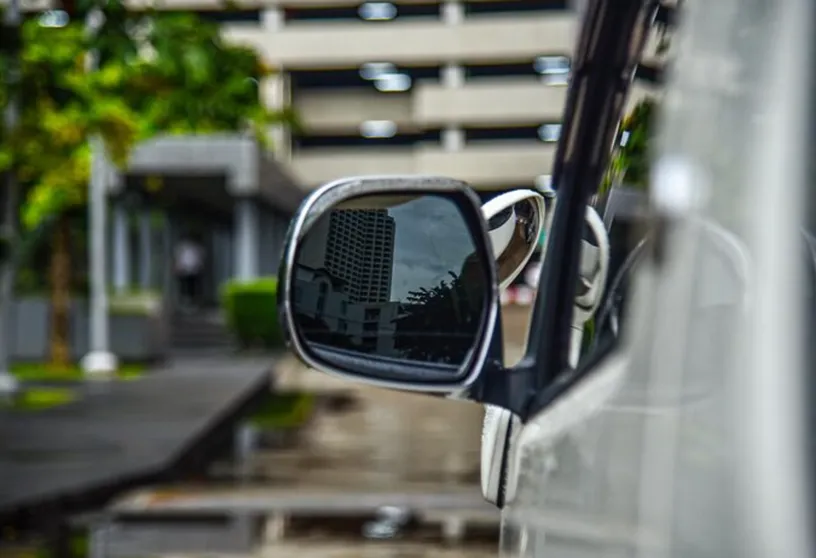
Factors to Consider When Choosing Side Mirrors
Side mirror choice involves serious consideration of compatibility with the vehicle model, quality of materials, and other safety or convenience features. The choice of a compatible mirror for your specific vehicle offers optimal functionality and protection. This chapter takes readers through important factors in choosing side mirrors, starting with vehicle model compatibility, build quality, and other safety or convenience features.
Compatibility with Vehicle Model
Side mirrors must be compatible with the model and make of the vehicle in a way that they fit and function correctly. For instance, there are mirror assemblies for specific BMWs, Mercedes-Benzes, or other luxury cars in a way that electronic functions like folding, heating, and turn signal lights function correctly. Replacement mirrors that are not compatible is dangerous because controls will not function optimally and alignment becomes incorrect. Choosing the right mirror assembly allows the mirror to integrate with other systems in the vehicle without sacrificing its performance and look.
Material and Build Quality
The materials used for side mirrors are primarily accountable for how long-lasting and dependable they are. ABS plastic and reinforced glass are premium materials offering impact, weather, and UV resistance. Mirrors constructed of high-quality material keep their reflective capability with the passage of time, stand harsh weather conditions, and do not undergo usual problems such as cracking or warping. Purchasing high-quality mirrors saves long-term maintenance expenses and guarantees that the mirrors work fully irrespective of climatic conditions, from city roads to village roads.
Additional Features for Enhanced Safety
Depending on individual driving requirements, side mirrors can be fitted with a range of optional features. Anti-glare coatings minimize eye fatigue when driving at night, and built-in turn signals enhance interaction with other road users. Heated mirrors ensure ice or fog does not impair drivers’ vision, and electronic folding mechanisms avoid accidental damage in confined spaces. Having such features in their mirrors can enhance safety, convenience, and overall driving experience, thereby making them good investments for most motorists.
Maintenance and Care for Side Mirrors
Routine maintenance makes side mirrors functional and durable. Cleaning, inspection, and immediate repairs protect them from damage and keep the mirror’s performance and appearance characteristics intact. Drivers can extend the lifespan of their mirrors by adopting proper maintenance. We discuss herein cleaning, repair, and protection methods to ensure optimum condition of side mirrors.
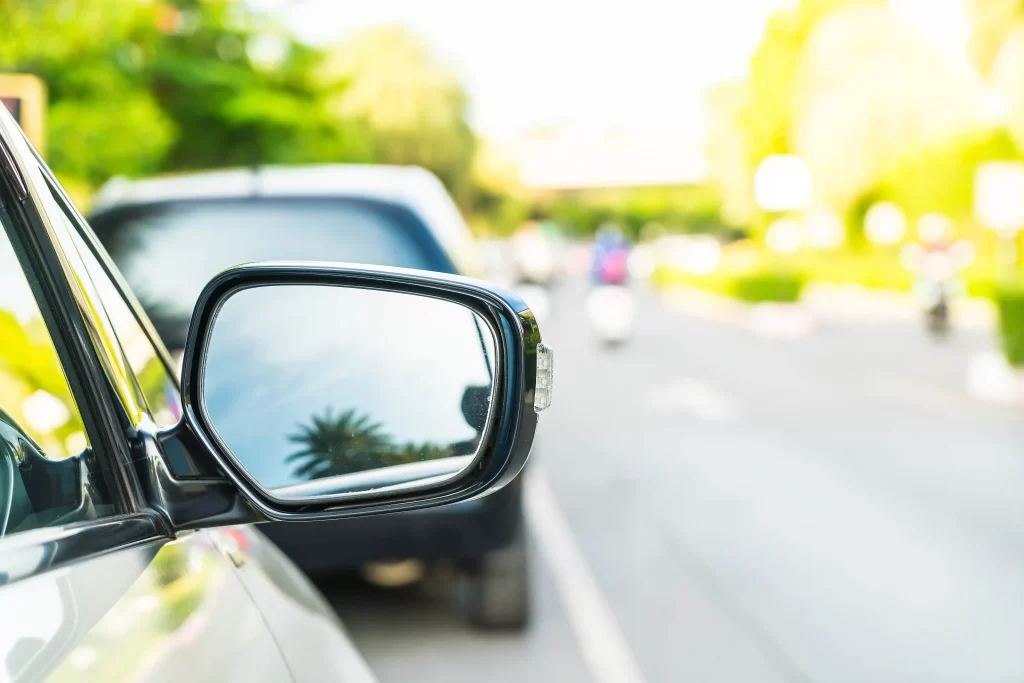
Regular Cleaning and Inspection
Regular mirrors cleaning prevents grime, dust, and dirt from causing interference with visibility. Being equipped with the right cleaning agents and soft materials provides room for a scratch-free reflective surface. Regular inspections allow drivers to notice cracks, scratches, or misalignment at an early stage before they become sources of hazards. Being very particular about detail during maintenance ensures that mirrors always provide the required level of visibility in every scenario.
Prompt Repair or Replacement of Damaged Mirrors
Defective or damaged mirrors need to be replaced or fixed at once. Driving behind faulty mirrors jeopardizes more accidents since one’s sight is compromised. Refraction of reflection by even small cracks renders judgment imprecise when changing lanes or during parking. Rapid replacement of side mirrors puts them in working order, enabling drivers to monitor traffic around them with no danger at all times.
Protection Against Environmental Factors
Environmental exposure can affect the life and functioning of side mirrors. Side mirrors can discolor, bend, or suffer damage to electronic parts because of high temperatures, sun exposure, or harsh weather. Safety systems, such as the usage of covers or UV-resistant paint, avoid mirrors from being damaged. Correct maintenance along with safety mechanisms keeps side mirrors in full operational condition as well as crystal clear looks for many years regardless of environmental exposure.
Conclusion
Side mirrors are both performance and safety, giving motorists valuable visibility and situational awareness. From enhancing the field of view and enabling secure maneuvers to incorporating advanced technology, side mirrors have become highly functional parts of modern vehicles. Selecting the right mirror in terms of compatibility, build quality, and other features, as well as maintaining it properly, ensures ultimate durability and security. Looking and buying an excellent side mirror is not only an indulgence but also a component of safe and responsible driving. Welcome to visit us at Mercedes-Benz BMW Headlight, tail light mill, body kit OEM&ODM factory manufacturer to learn more details.

